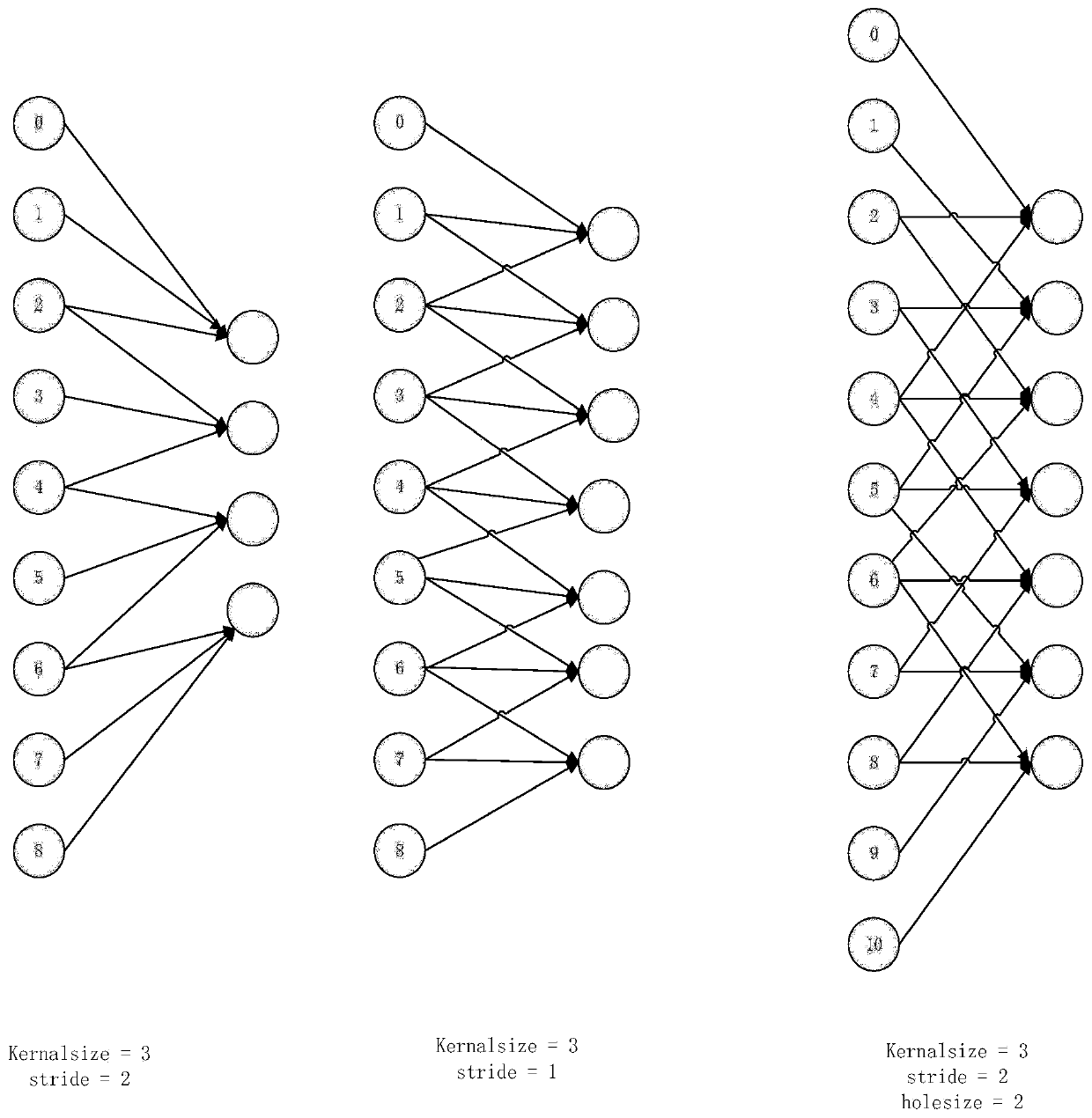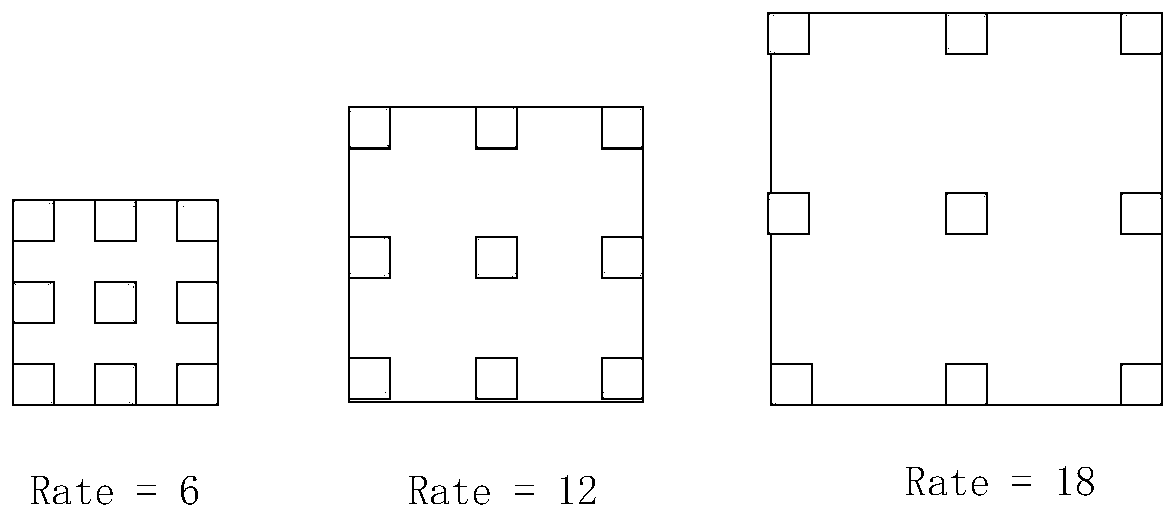An ice cover radar image ice layer fine segmentation method based on an FCN-ASPP network
A radar image and refinement technology, which is applied in the fields of computer vision and pattern recognition, can solve the problems of insufficient segmentation and refinement, and achieve the effects of improving classification and judgment efficiency, reducing consumption, and achieving refinement and robustness
- Summary
- Abstract
- Description
- Claims
- Application Information
AI Technical Summary
Problems solved by technology
Method used
Image
Examples
Embodiment Construction
[0033] Describe in detail below in conjunction with accompanying drawing:
[0034] The technical block diagram of the present invention is as figure 1 shown. The specific implementation steps are as follows:
[0035] 1. Pretreatment
[0036] The first step is to logarithmically transform the collected radar amplitude image, and calculate the radar amplitude a by formula (1) i The corresponding pixel value b i
[0037] b i =20×log10(a i ) (1)
[0038] In the second step, the image is normalized by formula (2), and the image is normalized to 255 pixel levels.
[0039]
[0040] Among them, bi is the logarithmically transformed pixel value, c i is the pixel value after normalization, max is the maximum value of the pixel before normalization, and min is the minimum value of the pixel before normalization.
[0041] The third step is to perform Lee filter processing on the original image to eliminate the coherent speckle noise of the radar image, and save the obtained ...
PUM
 Login to View More
Login to View More Abstract
Description
Claims
Application Information
 Login to View More
Login to View More - R&D
- Intellectual Property
- Life Sciences
- Materials
- Tech Scout
- Unparalleled Data Quality
- Higher Quality Content
- 60% Fewer Hallucinations
Browse by: Latest US Patents, China's latest patents, Technical Efficacy Thesaurus, Application Domain, Technology Topic, Popular Technical Reports.
© 2025 PatSnap. All rights reserved.Legal|Privacy policy|Modern Slavery Act Transparency Statement|Sitemap|About US| Contact US: help@patsnap.com



